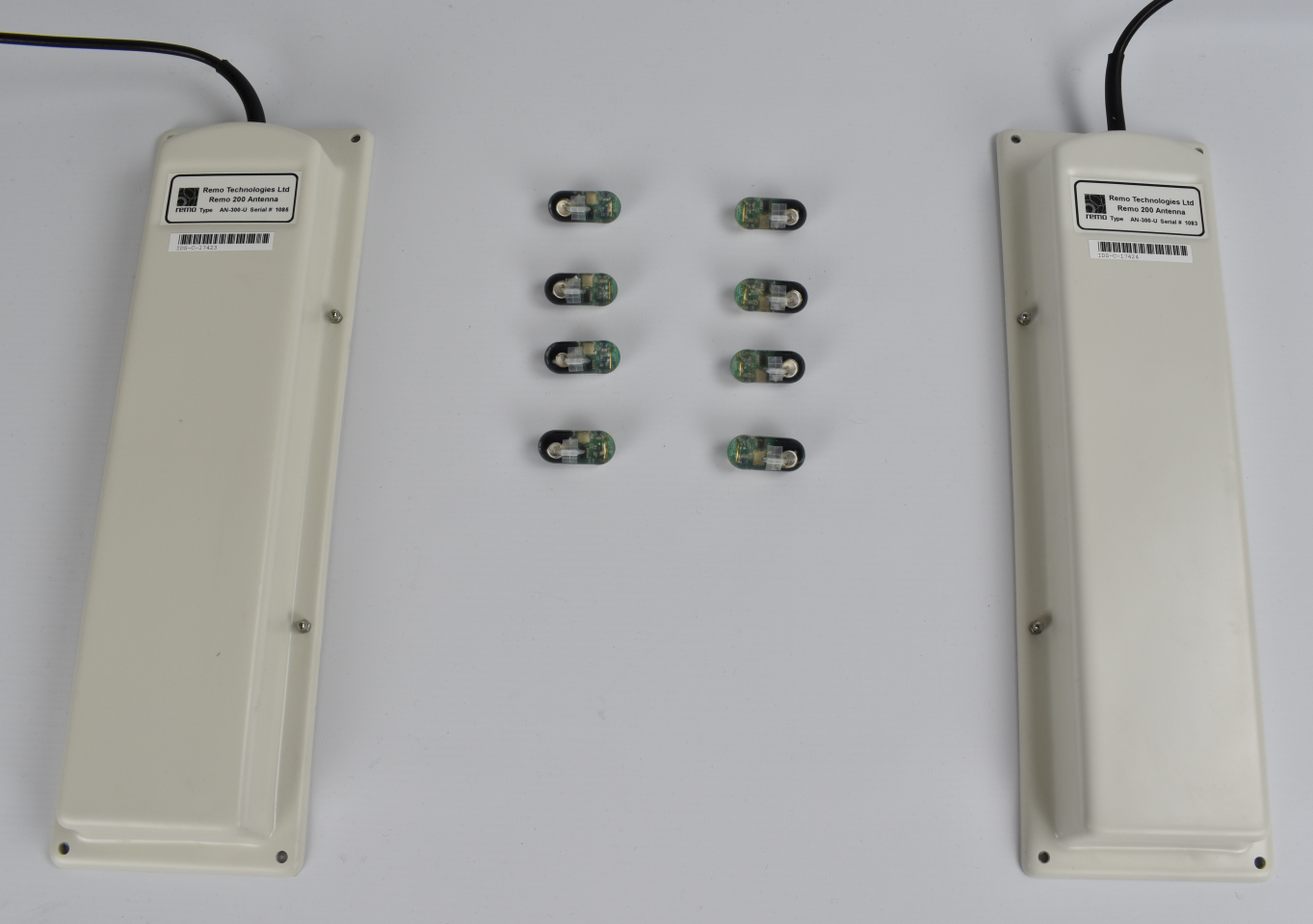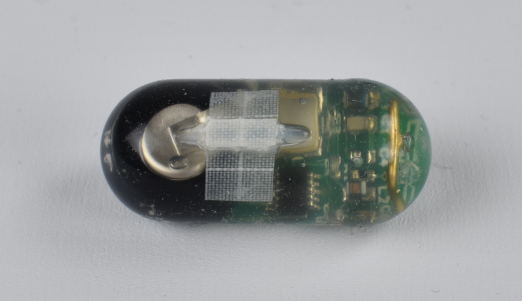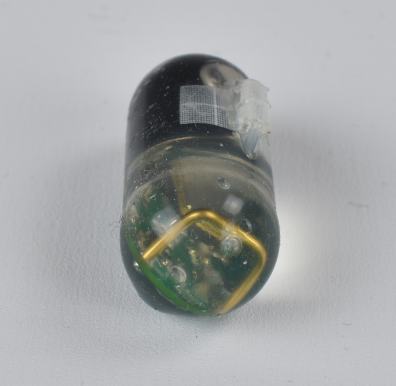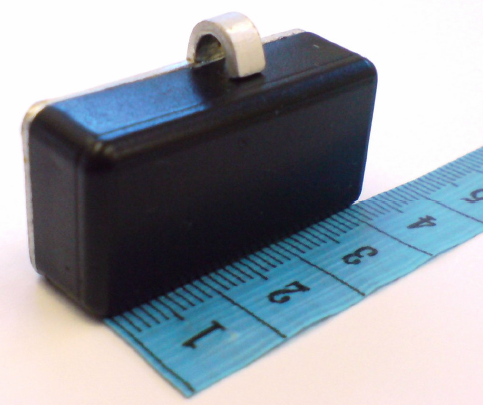Description
The EMMS REMO 200 series is an implantable or external telemetry system to monitor body temperature and activity in Rats, Guinea Pigs and larger animals like Dogs and None Human Primates.

Advantages
Reliable and accurate measurements
Long battery life
Single use implants: no refurbishment needed and lower access cost
High number of subjects can be measured on a single system (+100)
Possible to re-implant on a new subject if enough battery left
Applications
This system can be very useful to study fever, activity, exercising or circadian rhythm.
Below is a list of the main parameters obtained:
| Name | Units | Description |
|---|---|---|
| BTemp | C | Body Temperature |
| X | g | X axis reading |
| Y | g | Y axis reading |
| Z | g | Z axis reading |
| Delta X | g | Difference from last X axis reading |
| Delta Y | g | Difference from last Y axis reading |
| Delta Z | g | Difference from last Z axis reading |
| Total Act | g | Total Activity, X+Y+Z |
| Total Delta | g | Total Delta, DeltaX + Delta Y + Delta Z |
| RSSI | (none) | Received Signal Strength Indicator |
| Volts | V | Current Battery Voltage |
Specifications
The system receives the signals from the transmitters into one or more antennas that are connected to a computer for data acquisition. The antennas are usually installed on the ceiling or walls. Depending on the size, shape and obstacles of the room a different number of antennas will be necessary.
Each transmitter has a unique ID and transmits a set of data typically every 30 seconds. The frequency of transmission can be set to a different frequency when manufacturing the implants. A large number of animals transmitting data can be in the same room (+100). As the animals move around it, they may get coverage from different antennas, but the system automatically takes care of that, and collects data only from the transmitters that have been assigned to a system.
It is possible to acquire data from multiple rooms into a single computer, as isolated rooms, or as a common area.
There are implantable transmitters that can provide temperature and activity, or temperature only, and another type of transmitter that is not implanted (non-invasive), and that is designed to be attached to a collar and monitors activity.
The transmitters with activity measures in 3 axes, referred to as X, Y, and Z. The activity is measured periodically as acceleration in each of the axes, in units of “g”. It measures both dynamic accelerations, resulting from motion or shock, and static acceleration, such as tilt. Therefore, if the orientation of the implant in the subject is known, it may be possible to infer some postural information from the subject in addition to a measure of activity.
The transmitters have large capacity battery that provide 3 or more months of use. It is possible to reimplant the transmitter if there is enough battery life left on them. Once they battery is finished the transmitter is discarded, and new transmitters are needed to run more experiments. Since there is no refurbishment process it is possible to have the next batch of animals implanted with new transmitters by the time a previous experiment is being finished to avoid any downtime.
These are the details of the transmitters available:
| Reference | Type | Species | Dimentions | Weight | Battery Life |
|---|---|---|---|---|---|
| IMP 201 | Internal – Temperature | Rat, GP, NHP and larger | 34x15x18mm | 9 grams | >3 months |
| IMP 210 | Internal – Temperature and Activity | Rat, GP, NHP and larger | 34x15x18mm | 9 grams | >3 months |
| EXP 220 | External – Activity | Rat, GP, NHP and larger | 35x15x15mm | 25 grams | User Replaceable |
Images
References
A Novel Marmoset (Callithrix jacchus) Model of Human Inhalational Q Fever
Michelle Nelson, Francisco J. Salguero, Laura Hunter and Timothy P. Atkins
Comparative experimental subcutaneous glanders and melioidosis in the common marmoset (Callithrix jacchus)
Michelle Nelson, Francisco J. Salguero, Rachel E. Dean, Sarah A. Ngugi, Sophie J. Smither, Timothy P. Atkins and Mark S. Lever







